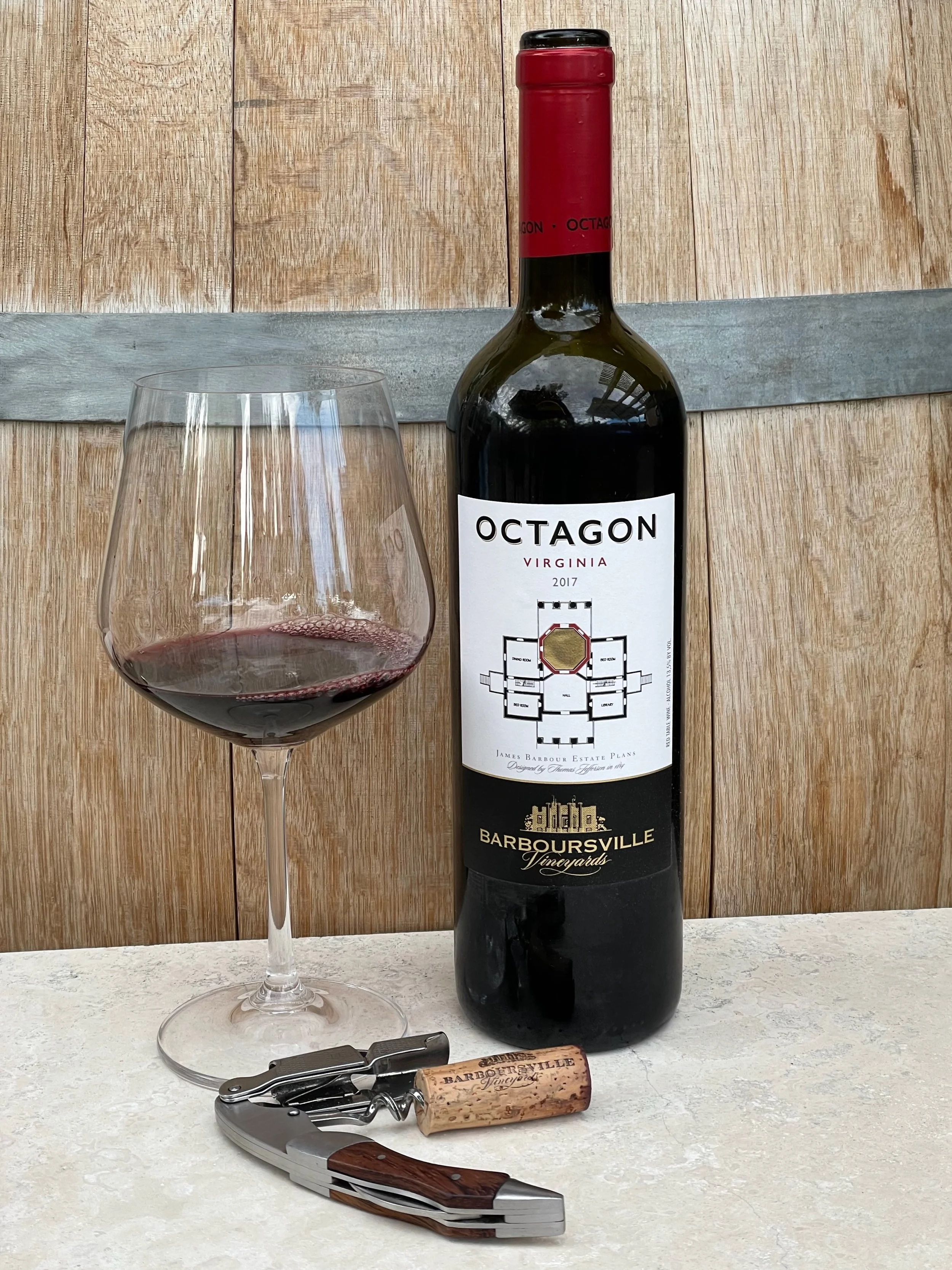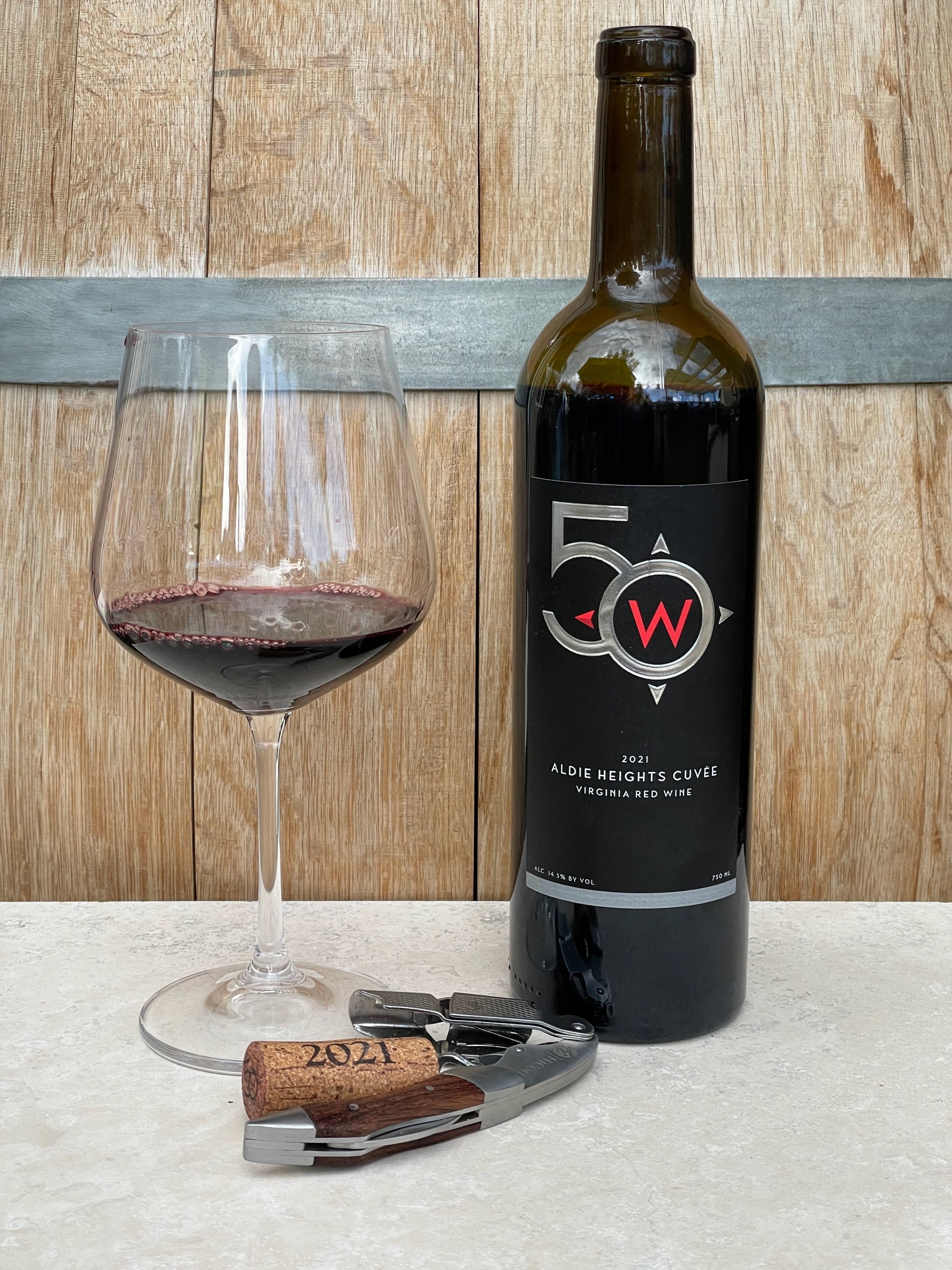Photo by Shutter Speed on Unsplash
Blending of wines plays a large role in the art of wine making.
The main reason that winemakers produce blends is to make the best wine possible.
Blending different grape varieties is useful in accentuating a particular grape's virtues. But winemakers have also learned never to blend an inferior wine with a good wine because the result is usually an inferior wine.
Blending allows for wines that are well balanced and complex in their aromas, flavors, colors and textures. The blended grapes can add layers of flavor that will change through the process of taking the first sip, letting it sit on your tongue and then as you swallow.
Here are some of the types of blending strategies used by wine makers:
Varietal Blends: This is the most common blending done in wine making. Here, wine makers blend different grapes (varieties) to achieve the wine that they desire. Examples include Bordeaux wines, Rhone Wine and Super Tuscan wines. Also, in the U.S., most wines labeled as single varietals are actually blends. The laws state that for a wine to be labeled as a single varietal, it must contain at least 75% of the noted grape. That leaves the other 25% for the winemaker to be creative and generally to blend in other grapes that results in their best possible wine.
Field Blends: These are wines that are made from different grape varieties that are grown together in the same vineyard, harvested at the same time, and fermented together in one batch.
Vineyard Blends: Wine makers may draw grapes from multiple vineyards or even multiple regions and blend them to achieve the desired traits.
Vintage Blends: While rarely done, a wine maker may find that their current vintage just isn’t up to their standards. They can then choose to blend this year’s vintage with some of last year’s vintage.
With the exception of field blends, the wines are typically blended after fermentation and aging, just prior to blending.
As this series has continually pointed out, wine making is both a science and an art. And the art of blending, when done well, can elevate a wine to something greater than the sum of its parts. Cheers!






